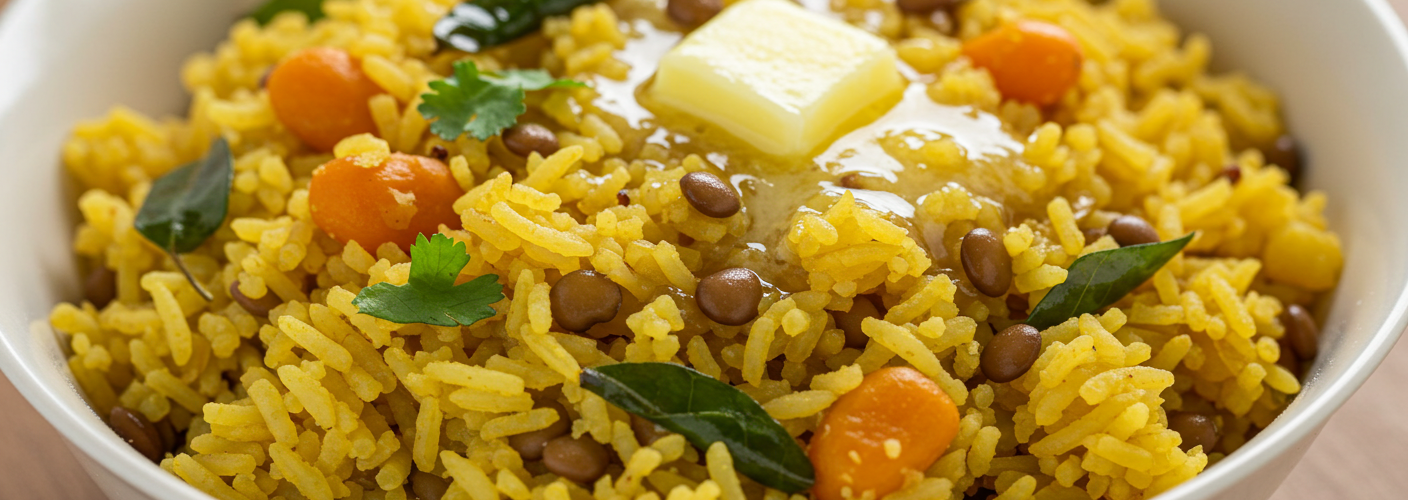Khichidi, a staple in Indian cuisine, is a simple yet satisfying dish made by cooking rice and lentils together. It is often regarded as a comfort food, cherished for its nourishing properties and ease of preparation. Over the years, Khichidi has become more than just a meal; it embodies warmth, simplicity, and a taste of home.
At its core, Khichidi is a combination of two primary ingredients: rice and lentils. These ingredients are not only accessible but also packed with nutrients, making Khichidi a wholesome dish. The rice offers carbohydrates for energy, while lentils provide protein, fiber, and essential vitamins and minerals. This combination creates a balanced meal perfect for all ages.
Khichidi’s versatility is one of its most appealing attributes. While the basic recipe remains the same, various regional variations exist across India. In the western state of Maharashtra, for instance, one might find a version flavored with turmeric, ghee, and a combination of vegetables like peas, carrots, and green beans. In the eastern regions, it can be enriched with spices like cumin and ginger, sometimes garnished with fried onions or served with pickles and papadum.
The beauty of Khichidi lies in its adaptability. Home cooks often adjust the recipe based on personal preferences, dietary restrictions, or what ingredients they have on hand. One can choose to make it richer by adding ghee or coconut milk, or keep it simple and light with just water and salt. For a nutritious twist, a variety of grains such as millet or quinoa can be used instead of traditional rice, making it suitable for those following gluten-free or high-protein diets.
Khichidi is not only appreciated for its taste but also for its therapeutic qualities. It is often recommended for people recovering from illness or surgery due to its easy digestibility and comforting nature. The soothing combination of rice and lentils can calm the stomach, making it a great meal for those with sensitive digestive systems.
Moreover, Khichidi is a popular choice during monsoons and winters. The warm, hearty dish wraps you in a cocoon of comfort, making it perfect for cozy meals at home. Additionally, it is commonly served during religious fasting days when individuals seek to enjoy a meal that fulfills nutritional needs without overwhelming the body.
To enhance the experience, Khichidi is often paired with condiments like yogurt, pickle, or a side of crispy papad. The contrasting textures and flavors elevate the dish, providing a satisfying combination that can please even the pickiest of eaters.
In conclusion, Khichidi is more than just a dish of rice and lentils; it is an embodiment of comfort, nourishment, and versatility. It carries with it generations of tradition and can be found gracing tables during celebrations, sick days, or simply as a hearty family dinner. Whether one enjoys it plain or with an array of flavors, Khichidi remains a beloved recipe in many households, standing tall as a symbol of home-cooked goodness. So the next time you’re in need of a quick meal that warms the soul, consider making Khichidi—a dish that far exceeds its humble ingredients.




Add comment